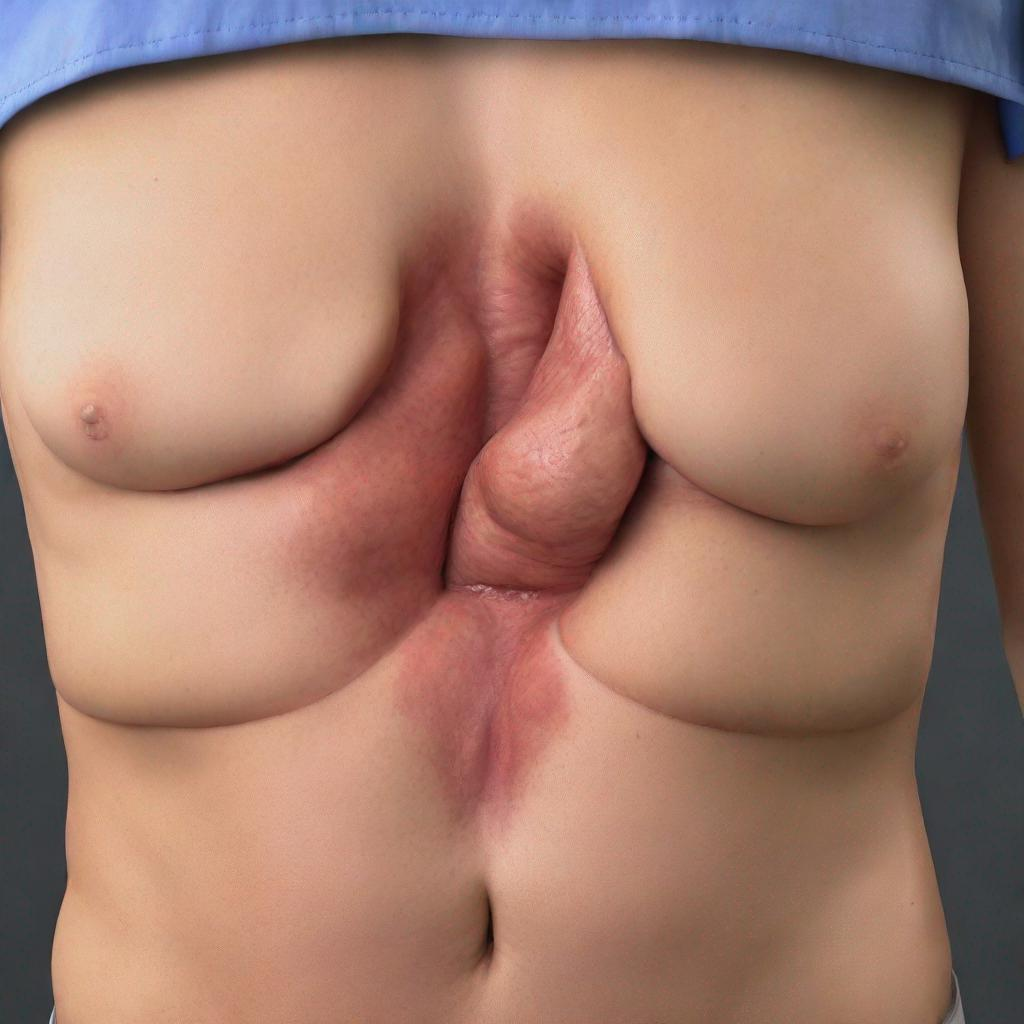“`html
Understanding the LATEX (K82) IGE Test: A Guide for Patients
Introduction
The LATEX (K82) IGE test plays a crucial role in identifying allergies to latex, a natural rubber found in various products. This test helps healthcare providers diagnose and manage allergic reactions triggered by latex exposure, improving patient health outcomes.
Test Overview
The LATEX (K82) IGE test measures the levels of immunoglobulin E (IgE) antibodies in a patient’s blood that specifically bind to latex. IgE antibodies are produced by the immune system in response to allergens. When an allergic individual comes into contact with latex, their immune system releases IgE antibodies that bind to the allergen.
This test detects the presence of latex-specific IgE antibodies in the blood, indicating exposure to the allergen and potential sensitization.
Conditions and Diseases Detected
The LATEX (K82) IGE test is primarily used to diagnose the following conditions and diseases:
– Allergic Rhinitis: Sneezing, runny nose, and itchy eyes caused by latex allergy
– Atopic Dermatitis: An inflammatory skin condition causing dry, itchy, and red rashes that can worsen with latex exposure
– Asthma: Wheezing, difficulty breathing, and chest tightness triggered by latex allergy
Preparation Guidelines
To ensure accurate results, follow the following preparation guidelines before the LATEX (K82) IGE test:
– Avoid taking antihistamines for at least 48 hours before the test.
– Inform your healthcare provider about any medications or supplements you are taking.
Procedure
The LATEX (K82) IGE test involves a simple blood draw. A healthcare professional will:
– Clean the puncture site on your arm.
– Insert a needle to collect a small amount of blood.
– Apply pressure to stop any bleeding.
– Label the blood sample and send it to a laboratory for analysis.
The procedure is generally painless and takes only a few minutes.
Duration and Waiting Time
The blood draw takes only a few minutes. The processing and analysis of the blood sample will take a few days. Your healthcare provider will inform you when the results are available.
Additional Tests
In some cases, other tests may be performed alongside the LATEX (K82) IGE test for a more comprehensive health assessment. These tests may include:
– Total IgE Test: Measures overall IgE levels in the blood.
– Skin Prick Test: Involves pricking the skin with small amounts of potential allergens to observe allergic reactions.
Conclusion
The LATEX (K82) IGE test is a reliable and informative tool for diagnosing latex allergy. Understanding the purpose and procedure of this test can help you make informed decisions about your healthcare. Consult with your healthcare provider to discuss whether this test is right for you.
By identifying allergies early on, you can take necessary precautions to avoid exposure to latex and manage allergic reactions effectively. Remember that early diagnosis and proper management can improve your quality of life and prevent the development of more severe allergic symptoms.
“`




